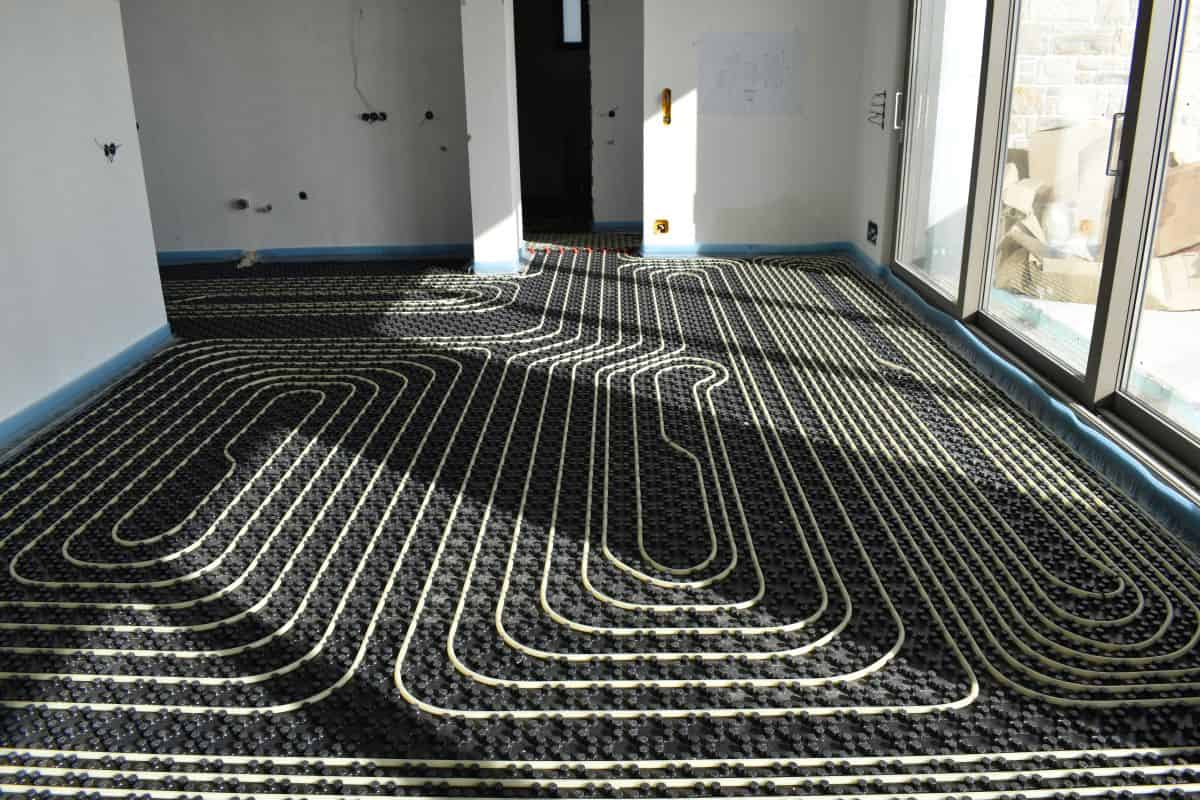Radiant floor heating
Radiant Floor Heating: A Cozy Revolution in Home Comfort
Introduction
Radiant floor heating has become a sought-after solution for homeowners looking to combine comfort and energy efficiency in their living spaces. The traditional approach of relying on forced-air systems or clunky radiators is giving way to a more subtle and effective method of heating—radiant floor heating.
How Radiant Floor Heating Works
Imagine stepping onto a warm floor on a chilly morning—this is the magic of radiant floor heating. Unlike conventional heating systems that rely on air circulation, radiant floor heating operates by warming the floor directly. This ensures a consistent and comfortable temperature throughout the room.
Types of Radiant Floor Heating Systems
There are primarily two types of radiant floor heating systems: hydronic and electric. Hydronic systems utilize heated water flowing through pipes beneath the floor, while electric systems use heating cables or mats. Each type has its advantages, and the choice depends on factors like budget and personal preferences.
Installation Process
Installing radiant floor heating might seem daunting, but with the right guidance, it can be a rewarding DIY project. The process involves laying out the heating elements beneath the flooring material, whether it's tiles, hardwood, or carpet. It's crucial to consider the insulation and flooring type during installation to optimize the system's efficiency.
Benefits of Radiant Floor Heating
One of the key advantages of radiant floor heating is its energy efficiency. By heating the room from the ground up, it eliminates the need for excessive heating, leading to lower energy bills. Additionally, the even distribution of warmth creates a more comfortable and healthier living environment, reducing the circulation of dust and allergens.
Cost Considerations
While the initial installation costs of radiant floor heating may be higher than traditional methods, the long-term savings and increased property value often justify the investment. Homeowners can enjoy a more energy-efficient and cost-effective heating solution, providing a return on investment over time.
Maintenance Tips
Maintaining radiant floor heating systems is relatively straightforward. Regular checks for leaks, proper insulation, and ensuring the thermostat functions optimally are essential. Professional maintenance, although not frequent, is advisable to address any underlying issues and ensure the system's longevity.
Common Misconceptions about Radiant Floor Heating
Despite its growing popularity, there are misconceptions about radiant floor heating. Addressing concerns like installation complexity, energy consumption, and compatibility with different flooring types helps in dispelling myths and providing accurate information to potential users.
Comparison with Other Heating Methods
Compared to forced-air systems and traditional radiators, radiant floor heating stands out for its efficiency and silent operation. It eliminates the need for bulky radiators or vents, providing a sleek and space-saving alternative.
Environmental Impact
For environmentally conscious homeowners, radiant floor heating is an eco-friendly choice. The system's efficiency contributes to reduced energy consumption, making it a sustainable option for heating homes.
Innovations in Radiant Floor Heating
As technology advances, radiant floor heating systems are becoming smarter. Integration with smart home devices allows users to control and monitor the heating remotely, optimizing energy usage and enhancing user experience.
Case Studies
Real-life examples showcase the versatility and success of radiant floor heating installations. From cozy bedrooms to spacious living rooms, these case studies highlight the adaptability of this heating solution to various home designs and lifestyles.
DIY vs. Professional Installation
While DIY installation is feasible for those with some home improvement skills, professional installation ensures precision and adherence to safety standards. Homeowners must weigh the pros and cons based on their comfort level and the complexity of the project.
Future Trends in Radiant Floor Heating
Looking ahead, radiant floor heating is expected to see continued innovations. Advancements in materials, energy efficiency, and design integration will shape the future of this heating method, making it an exciting prospect for homeowners.
Conclusion
Radiant floor heating goes beyond providing warmth—it's a revolution in home comfort. With its energy efficiency, health benefits, and design flexibility, it's no wonder that more homeowners are embracing this cozy solution. Whether it's the quiet operation, cost savings, or environmental friendliness, radiant floor heating is redefining how we stay warm in our homes.
FAQs
Is radiant floor heating suitable for all types of flooring?
- Yes, radiant floor heating is compatible with various flooring materials, including tiles, hardwood, and carpet.
How does radiant floor heating contribute to energy efficiency?
- Radiant floor heating warms the room from the ground up, eliminating the need for excessive heating and reducing energy consumption.
Can I install radiant floor heating as a DIY project?
- Yes, it's possible to install radiant floor heating as a DIY project, but professional installation ensures optimal performance.
Are there any health benefits associated with radiant floor heating?
- Yes, radiant floor heating reduces the circulation of dust and allergens, creating a healthier living environment.
What are the future trends in radiant floor heating?
- Future trends include advancements in materials, energy efficiency, and integration with smart home technologies.




Comments
Post a Comment